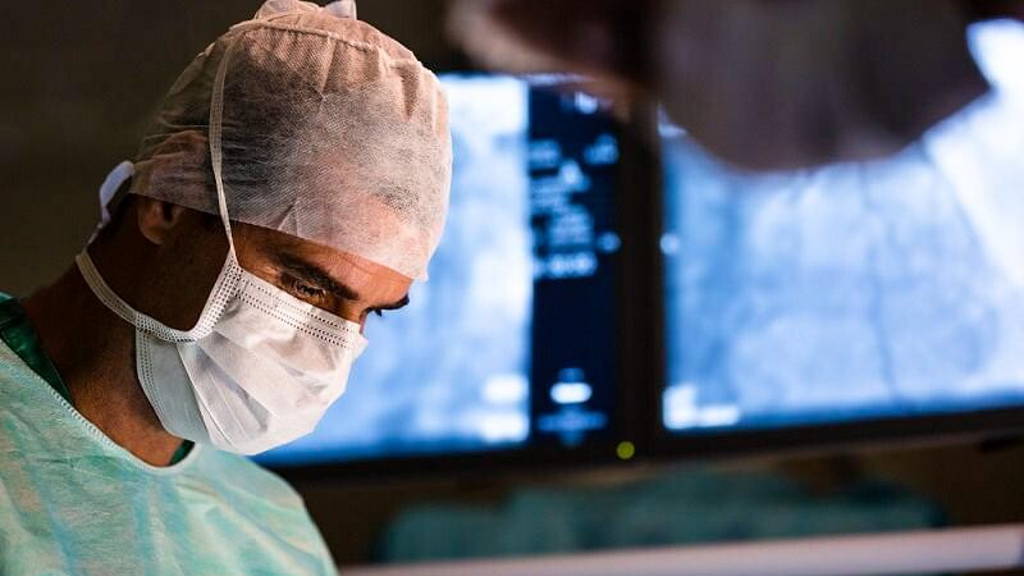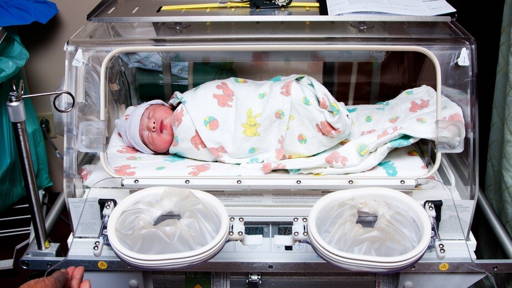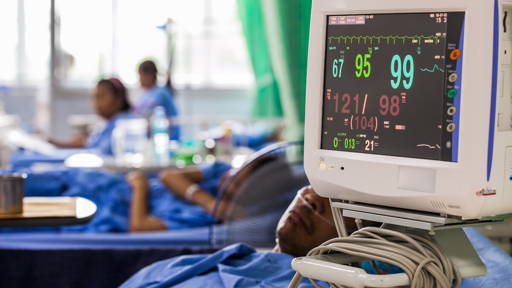The use of modern medical technology to monitor tissue oxygen levels during heart surgery does not reduce the risk of serious postoperative complications. This is the outcome of an international study led by the Indiana University School of Medicine. Previous studies had painted a more positive picture. The study was published in the BMJ.
Several complications and other problems can arise after heart surgery. Examples are neurocognitive changes, kidney damage, infection, and irregular heartbeat. These complications are common and can be potentially dangerous. According to researchers at the Indiana University School of Medicine, previous studies suggested that poor blood flow and oxygen delivery to various organs during surgery could be part of the cause of the problems. Better monitoring with modern technology could help, some of these studies indicated.
The IU School of Medicine study now states that these studies were too limited in nature and size, and only looked at one part of the body. The new study followed nearly 2,000 elderly people who underwent off-pump coronary artery bypass surgery: a procedure intended to improve blood flow to the heart. Half of the patients received standard care, while the other half were closely monitored using a special instrument called near-infrared spectroscopy, combined with real-time tracking of heart and blood pressure data.
High-tech approach
The researchers hoped that the high-tech approach would help prevent complications such as kidney problems or heart problems after the surgery. But while the technology did help stabilize oxygen levels in the body during surgery, there was no overall reduction in complications. Approximately 47 percent of patients in both groups experienced at least one serious problem after surgery.
"Cardiac surgery is a life-changing event, and complications can have lasting consequences," says LZ Meng, a professor of clinical anesthesia at IU Medical School and a co-author of the study. By carefully testing new tools and approaches, we can learn what truly promotes patient recovery and, just as importantly, what doesn't. This is how we advance the sector and improve care for every patient who enters the operating room."
More research needed
Still, the researchers do offer a potentially promising conclusion. Fewer patients in the high-tech group developed pneumonia (9.1% versus 12.4%). However, more research is needed to determine whether this difference is due to chance or because the use of high-tech monitoring can improve patient outcomes.









